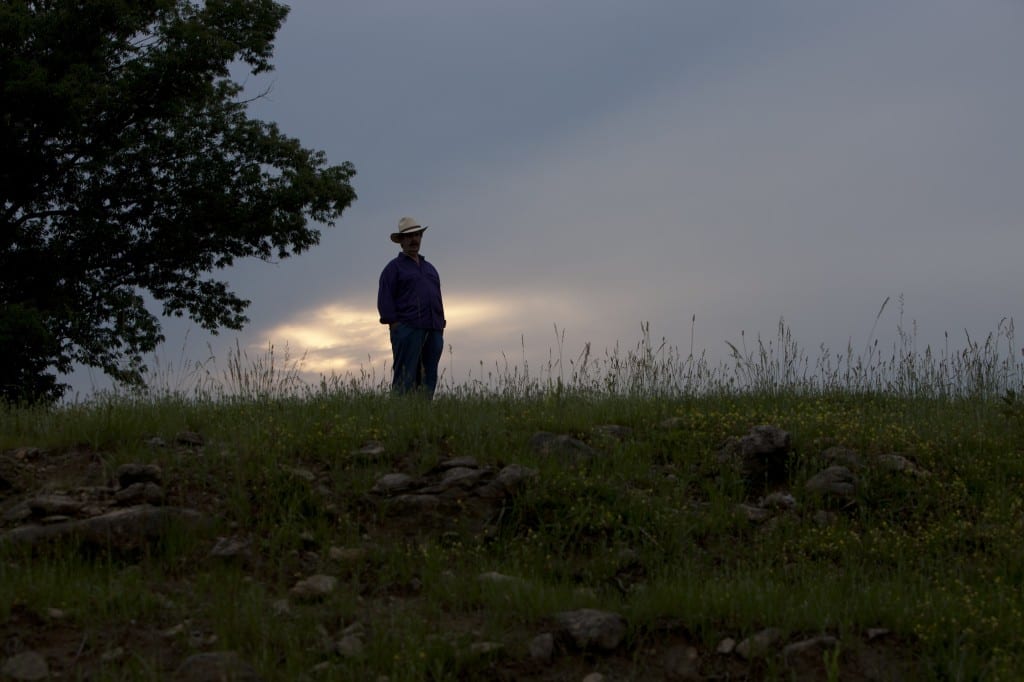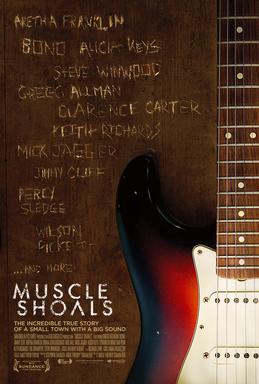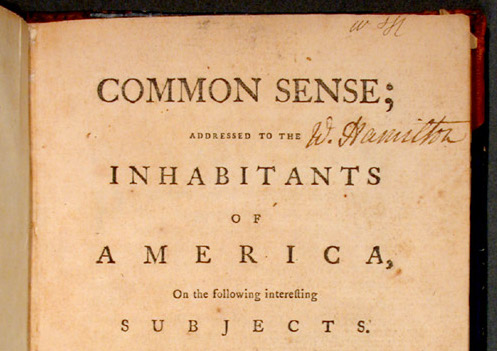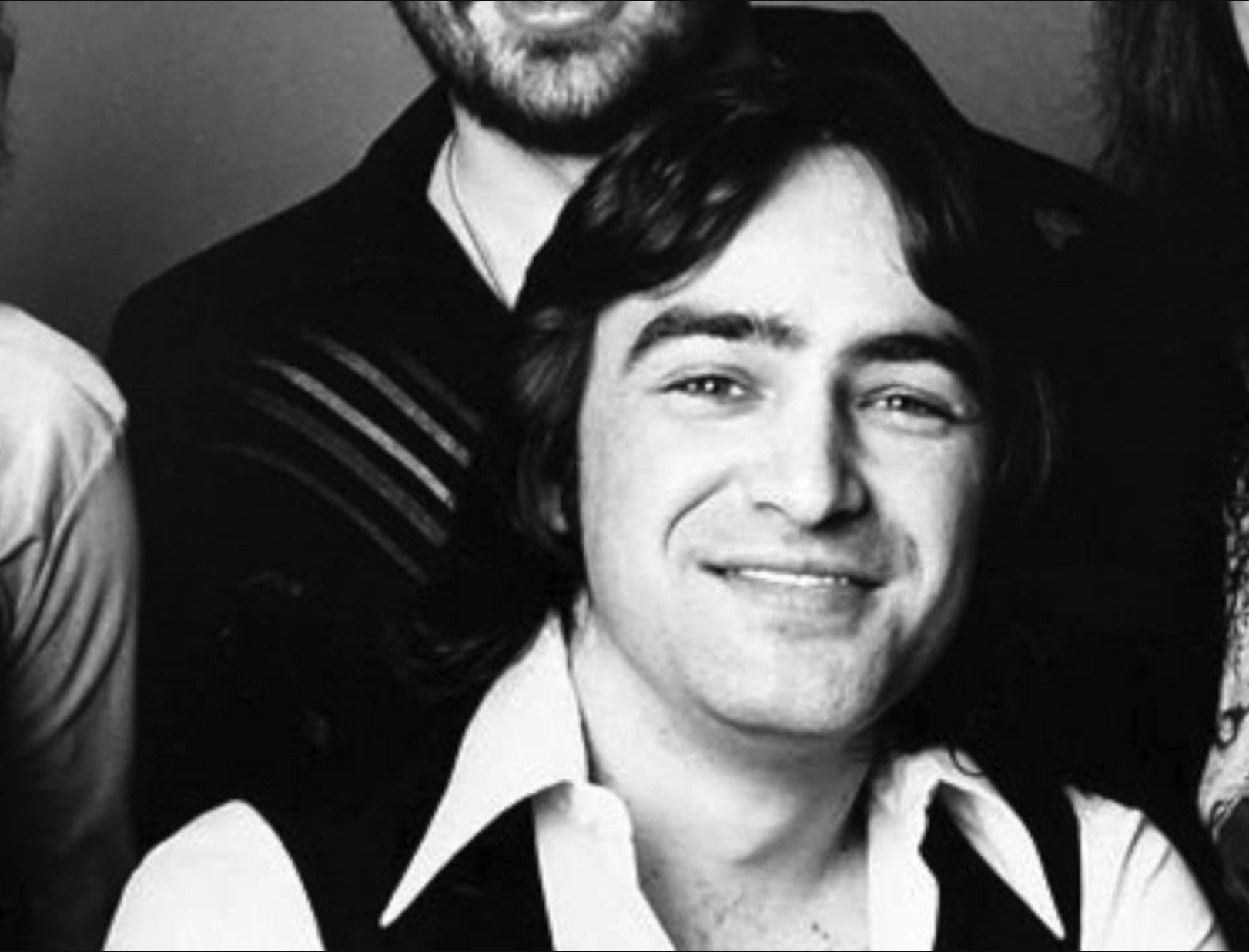Under the Microscope –
By Glynn Wilson –
Out of the mud on the banks of “the singing” Tennessee River in North Alabama, during a time of racial strife across the land in the late 1950s and ’60s, there came a sound so funky and soulful that it transformed Rhythm and Blues and helped create Rock ‘n Roll. The Muscle Shoals sound launched so many successful music careers that is now the subject of a documentary anyone with an interest in knowing the roots of American music should not just see and hear but devoir more than once.
While the crew at Magnolia Pictures deserves credit for putting this story together in a complete and compelling way, with some amazing cinematography shot in the area and interviews with some of the greatest musicians of all time who were influenced and propelled to stardom after recording in Muscle Shoals, the people of Alabama should not just watch this film for the history and the entertainment value alone.
Much like a story I recently told about the 1964 Birmingham Barons, this is a story about how a determination born of poverty and hardship, along with early examples of the black and white races working together in the face of overwhelming political opposition, come together to create something so creative and new that success almost became inevitable. Viewed from a social scientific perspective, this was evolution in a very real since you can see happening on screen in the film.
Like the movie Lincoln tells the story of how slavery was ended on American soil for all time, the Muscle Shoals documentary carries a lesson for anyone with an ear who can hear.
The film explores social elements converging in the region at the time. While the Civil Rights struggle was being waged down the road in Birmingham and Selma, FAME studios founder Rick Hall brought black and white musicians together in a little studio by a cotton field and created a whole new kind of music as rich and important as anything created in London, New York, Los Angeles or Detroit.
“There’s beautiful things out there, and magical things,” filmmaker Greg ‘Freddy’ Camalier said after making his first movie about the place and its music. “This place, for whatever reason, just emanated music and had a certain energy to it. It seems to have emanated that for a long time, and I think that was obviously complimented by driven people.”
After directing and producing the film, now premiering in theaters across the country, on the Web and on cable on demand, Camalier came to see the significance of the place coming about as the result of a serendipitous fusion.
“The coming together of races at that time, as well as the landscape and this rural, beautiful town, as well as the singing river, as well as these incredible characters and all the other musicians down there — it all sort of came together,” Camalier says about the phenomenon.
One of the key interviews that sets up the story is not with one of the famous musicians from The Rolling Stones or Lynyrd Skynard, but with a man calling himself The Stone Talker, Tom Hendrix. He tells the story of his great-great grandmother, a native American medicine woman named Teh-la-nay who was rounded up by President Andrew Jackson’s men in the 1830s and sent to Oklahoma on the Trail of Tears. She escaped and walked for five years all the way back to Alabama, because none of the rivers in Oklahoma could sing like the Tennessee, as the story has been passed down over the generations. Her people, the Euchee Indians, believed there was a female spirit living in the river who sang them songs.
You can see and hear another interview with Hendrix here.
But the music of the place would never have been produced, recorded or discovered if not for the driven FAME studios founder Rick Hall, whose story of overcoming crushing poverty, staggering tragedies and frustrating rejection is central to the success of the music. The documentary leaves no doubt that he is critical to the creation of what came to be known the world over as “the Muscle Shoals sound,” along with the house band he brought together who later came to be called “The Swampers.” Bass player David Hood, drummer Roger Hawkins and guitar player Jimmy Johnson made up the original trio. They split with Hall in 1964 and created a new studio called Muscle Shoals Sound, where they teamed up with Atlantic Records’ Jerry Wexler to create hit after hit and transform Rock ‘n’ Roll.
Piano player Barry Becket should also be mentioned prominently in that group, although he moved to Nashville where a lot of the music recording action started happening in those days, especially in country music.
The Swampers name was actually coined by Leon Russell’s producer. Russell recorded a host of hits there. The name was immortalized in the Lynyrd Skynard song “Sweet Home Alabama” when Ronnie Van Zant sang, “Now Muscle Shoals has got the Swampers. And they’ve been known to pick a song or two. Lord they get me off so much. They pick me up when I’m feelin’ blue, now how ’bout you? Sweet home Alabama. Where the skies are so blue. Sweet Home Alabama. Lord, I’m comin’ home to you.”

The Swampers at Muscle Shoals Sound Studio in “Muscle Shoals,” a Magnolia Pictures release. Photo courtesy of Magnolia Pictures.
The strong rhythm section behind the music was critical to the unique sound. Talk about being in the right place at the right time.
Other musicians were hired and later came to be thought of as part of The Swampers, including Spooner Oldham on the organ, Pete Carr on guitar, Albert S. Lowe Jr., Clayton Ivey, Randy McCormick, Will McFarlane and Birmingham’s Wayne Perkins on guitar, who went on to tour with Leon Russell.
Hall’s story of success through determination can be traced back to his meeting up with saxophonist Billy Sherrill. They began writing songs together in the 1950s, forming an R&B band called The Fairlanes with singer Dan Penn. Hall experienced his first songwriting successes when George Jones recorded his song “Aching Breaking Heart” and Roy Orbison made a hit out of “Sweet and Innocent.”
Hall and Sherrill then accepted an offer from recording studio owner Tom Stafford in 1959 to help set up a new music publishing company in Florence, across the river from Muscle Shoals, which was called the Florence Alabama Music Enterprises or FAME. In 1960 the Sherrill and Stafford partnership was dissolved, however, leaving Hall with rights to the studio name. He moved across the river to Muscle Shoals and the first song he recorded became a hit when black artist Arthur Alexander put out “You Better Move On.” That commercial success provided Hall with the financial resources to establish a newer and larger FAME recording studio, which did became famous all over the world.
In the film, Hall says, he was determined “to kick some ass and take names.”
“I wanted to be somebody,” Hall says, a sentiment shared by many people the world over, especially in the Deep South, but few ever find the right mixture of elements to make it happen. It happened there on the banks of the Tennessee River in Muscle Shoals. Just ask Aretha Franklin, Percy Sledge, Bono, Greg Allman, Mick Jagger, Keith Richards, Clarence Carter or Alicia Keys, as the film maker did.
The hair on the back of my neck was already standing up on end after hearing that. By the time Aretha Franklin comes up on the big screen and starts singing “Respect,” the tears started streaming from my eyes. It was all I could do to hold it together in the theater. I am still not sure if this dramatic emotional response was due to my own experiences growing up playing music with guys like Wayne Perkins, my own success in journalism overcoming obstacles and rejection after growing up poor in Alabama, or my hope that more people would come to understand the point of this story.
Unfortunately, technical glitches in the last 20 minutes of the film either caused by the equipment or the staff at The Edge on Crestwood Boulevard in Birmingham nearly ruined the end of the film and the experience. I will have to see it again either on the computer from a Web stream or on cable on demand.
Due to the making and opening of the documentary, The Alabama Music Hall of Fame reopened this weekend in Tuscumbia after being closed for nearly a year due to funding shortfalls. It was built in 1990 with $2.5 million in state funding. But its location, more than 60 miles from Interstate 65, meant it was not located on a major tourist route, according to the Associated Press. In 2011 and 2012, it drew only about 12,500 visitors annually, far too few to pay its own way. Coupled with a loss in state funding, the board made the decision to close the hall in November 2012.
An appeal to the state as the documentary was being produced resulted in Governor Robert Bentley finding $150,000 in discretionary money to reopen the hall. There is hope that the attention from the documentary will revive interest in the area and its legendary music and sound.
Before you continue, I’d like to ask if you could support our independent journalism as we head into one of the most critical news periods of our time in 2024.
The New American Journal is deeply dedicated to uncovering the escalating threats to our democracy and holding those in power accountable. With a turbulent presidential race and the possibility of an even more extreme Trump presidency on the horizon, the need for independent, credible journalism that emphasizes the importance of the upcoming election for our nation and planet has never been greater.
However, a small group of billionaire owners control a significant portion of the information that reaches the public. We are different. We don’t have a billionaire owner or shareholders. Our journalism is created to serve the public interest, not to generate profit. Unlike much of the U.S. media, which often falls into the trap of false equivalence in the name of neutrality, we strive to highlight the lies of powerful individuals and institutions, showing how misinformation and demagoguery can harm democracy.
Our journalists provide context, investigate, and bring to light the critical stories of our time, from election integrity threats to the worsening climate crisis and complex international conflicts. As a news organization with a strong voice, we offer a unique, outsider perspective that is often missing in American media.
Thanks to our unique reader-supported model, you can access the New American journal without encountering a paywall. This is possible because of readers like you. Your support keeps us independent, free from external influences, and accessible to everyone, regardless of their ability to pay for news.
Please help if you can.
American journalists need your help more than ever as forces amass against the free press and democracy itself. We must not let the crypto-fascists and the AI bots take over.
See the latest GoFundMe campaign here.
Don't forget to listen to the new song and video.
Just because we are not featured on cable TV news talk shows, or TikTok videos, does not mean we are not getting out there in search engines and social media sites. We consistently get over a million hits a month.
Click to Advertise Here




















